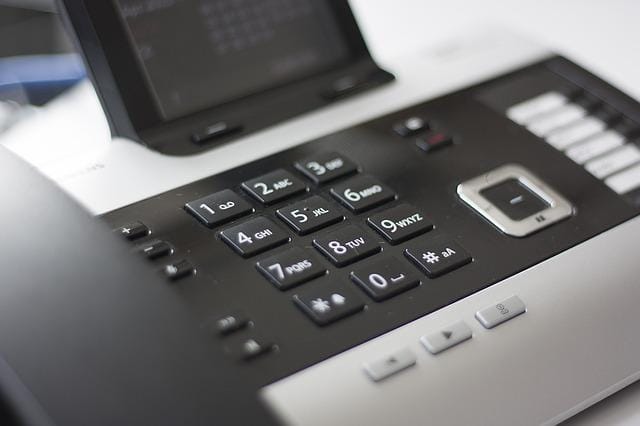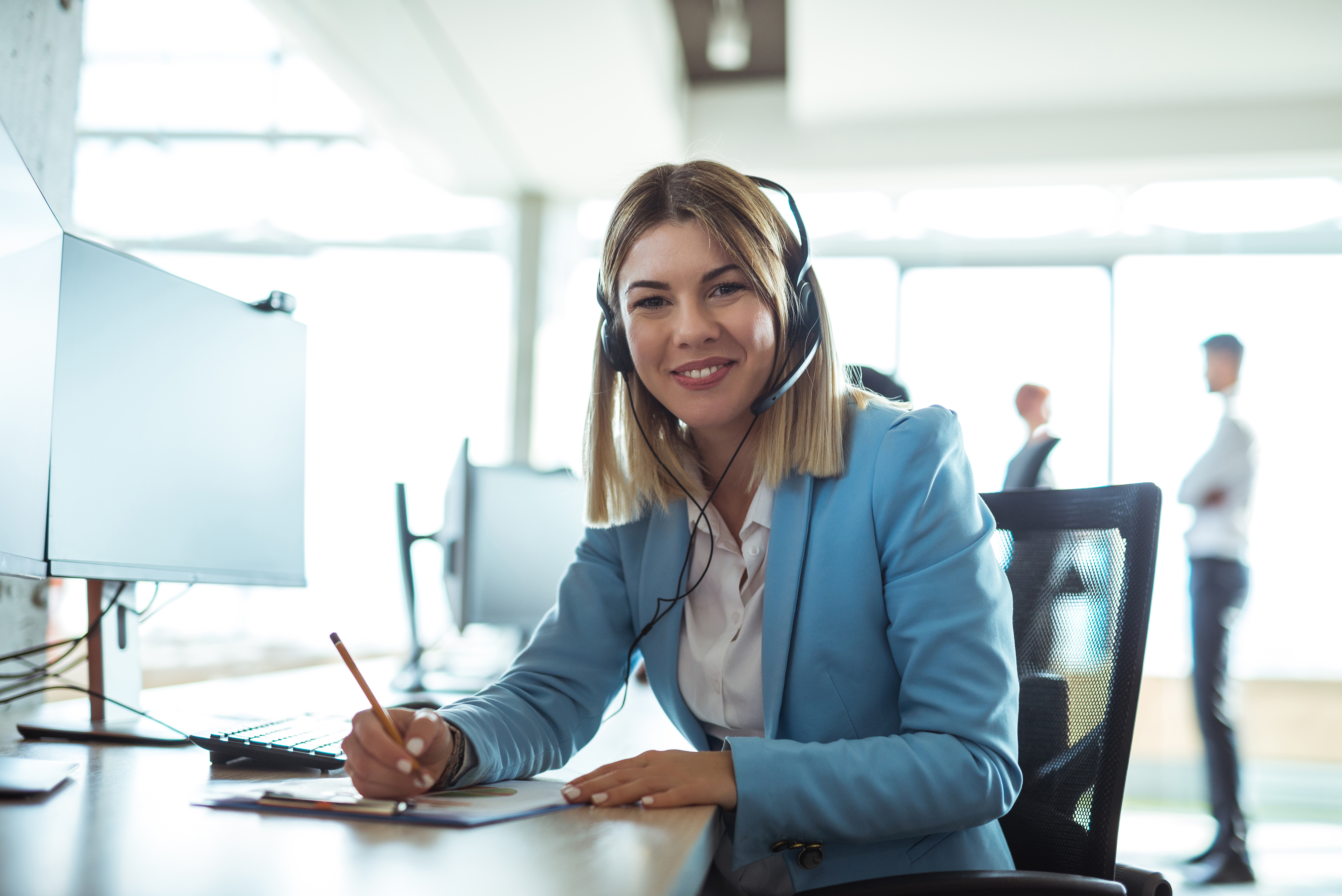All Categories
Featured
Table of Contents
- – When Are The Best How Do Answering Services Wor...
- – What Is The Best What Is An Answering Service?
- – Who Is The Best Telephone Answering Service Fo...
- – What Is The Best What Is An Answering Service...
- – What Is The Best What Is The Difference Betwe...
- – Who Is The Best What Is A Telephone Answerin...
When Are The Best How Do Answering Services Work? Deals
This device and its followers were developed by Sava Jacobson, an electrical engineer with a personal consulting company. While early voice mail used magnetic tape technology, most modern-day devices utilizes solid state memory storage; some devices utilize a combination of both, with a solid-state circuit for the outgoing message and a cassette for the inbound messages.
"toll conserving" below) (business call answering service). This is helpful if the owner is evaluating calls and does not wish to speak to all callers. In any case after going, the calling celebration needs to be notified about the call having actually been addressed (in many cases this starts the charging), either by some remark of the operator, or by some greeting message of the little bit, or addressed to non-human callers (e.
This holds specifically for the Little bits with digitally stored greeting messages or for earlier makers (before the rise of microcassettes) with an unique limitless loop tape, separate from a second cassette, dedicated to recording. There have actually been answer-only devices with no recording capabilities, where the welcoming message had to inform callers of a state of present unattainability, or e (call answering services).
What Is The Best What Is An Answering Service?

about accessibility hours. In tape-recording Little bits the welcoming typically contains an invite to leave a message "after the beep". A voice mail that utilizes a microcassette to tape-record messages On a dual-cassette answerphone, there is an outbound cassette, which after the specified number of rings plays a pre-recorded message to the caller.

Single-cassette voice mail consist of the outgoing message at the start of the tape and inbound messages on the staying space. They first play the announcement, then fast-forward to the next readily available space for recording, then record the caller's message. If there are many previous messages, fast-forwarding through them can trigger a significant hold-up.
This beep is frequently referred to in the welcoming message, requesting that the caller leave a message "after the beep". Littles with digital storage for the recorded messages do disappoint this hold-up, of course. A little bit might offer a remote control center, where the answerphone owner can sound the home number and, by going into a code on the remote telephone's keypad, can listen to tape-recorded messages, or delete them, even when away from house.
Who Is The Best Telephone Answering Service For Smes - Myco Works

Therefore the maker increases the number of rings after which it responds to the call (typically by two, resulting in four rings), if no unread messages are currently stored, however answers after the set number of rings (typically two) if there are unread messages. This enables the owner to find out whether there are messages waiting; if there are none, the owner can hang up the phone on the, e.
Some devices also permit themselves to be from another location triggered, if they have actually been changed off, by calling and letting the phone ring a particular big number of times (usually 10-15). Some company abandon calls already after a smaller number of rings, making remote activation impossible. In the early days of Little bits a special transmitter for DTMF tones (dual-tone multi-frequency signalling) was regionally needed for remote control, given that the previously employed pulse dialling is not apt to communicate proper signalling along an active connection, and the dual-tone multi-frequency signalling was executed stepwise.
Any inbound call is not recognizable with regard to these residential or commercial properties in advance of going "off hook" by the terminal equipment. So after going off hook the calls need to be switched to proper gadgets and just the voice-type is immediately available to a human, however perhaps, nevertheless ought to be routed to a TAD (e.
What Is The Best What Is An Answering Services & How Does It Work?
What if I informed you that you do not need to really get your device when responding to a customer call? Somebody else will. So convenient, best? Addressing phone calls does not need somebody to be on the other end of the line. Efficient automated phone systems can do the technique simply as efficiently as a live agent and sometimes even better.
An automated answering service or interactive voice reaction system is a phone system that interacts with callers without a live person on the line - virtual call answering service. When business utilize this technology, customers can get the response to a question about your service merely by utilizing interactions set up on a pre-programmed call flow.
Although live operators upgrade the client service experience, many calls do not need human interaction. An easy documented message or instructions on how a consumer can obtain a piece of details typically fixes a caller's immediate requirement - telephone answering service. Automated answering services are an easy and effective method to direct inbound calls to the right individual.
What Is The Best What Is The Difference Between An Answering Service And ... Business?
Notification that when you call a business, either for assistance or item inquiry, the first thing you will hear is a pre-recorded voice welcoming and a series of choices like press 1 for client service, press 2 for inquiries, and so on. The pre-recorded choices branch off to other options depending upon the consumer's choice.
The phone tree system helps direct callers to the ideal person or department utilizing the keypad on a mobile phone. In some circumstances, callers can use their voices. It's worth keeping in mind that auto-attendant alternatives aren't limited to the 10 numbers on a phone's keypad. As soon as the caller has actually picked their first choice, you can develop a multi-level auto-attendant that uses sub-menus to direct the caller to the right kind of help.
The caller does not have to communicate with an individual if the auto-attendant phone system can manage their issue. The automatic service can route callers to a staff member if they reach a "dead end" and require assistance from a live agent. It is pricey to work with an operator or executive assistant.
Who Is The Best What Is A Telephone Answering Service And What Are The ... Company
Automated answering services, on the other hand, are considerably less costly and supply substantial expense savings at an average of $200-$420/month. Even if you do not have devoted personnel to handle call routing and management, an automatic answering service improves performance by allowing your group to concentrate on their strengths so they can more effectively spend their time on the phone.
A sales lead routed to customer service is a lost shot. If a client who has item questions reaches the wrong department or receives insufficient responses from well-meaning workers who are less trained to deal with a particular kind of question, it can be a reason for frustration and frustration. An automated answering system can decrease the number of misrouted calls, therefore assisting your workers make better usage of their phone time while releasing up time in their calendar for other tasks.
With Automated Answering Systems, you can create an individualized experience for both your staff and your callers. Make a recording of your primary welcoming, and merely update it regularly to reflect what is going on in your company. You can produce as many departments or menu choices as you desire.
Table of Contents
- – When Are The Best How Do Answering Services Wor...
- – What Is The Best What Is An Answering Service?
- – Who Is The Best Telephone Answering Service Fo...
- – What Is The Best What Is An Answering Service...
- – What Is The Best What Is The Difference Betwe...
- – Who Is The Best What Is A Telephone Answerin...
Latest Posts
Quality Custom Phone Answering Near Me – SA
Proven After Hours Answering Service Near Me ( North Queensland)
Detailed Receptionist Service Near Me – Wollongong
More
Latest Posts
Quality Custom Phone Answering Near Me – SA
Proven After Hours Answering Service Near Me ( North Queensland)
Detailed Receptionist Service Near Me – Wollongong